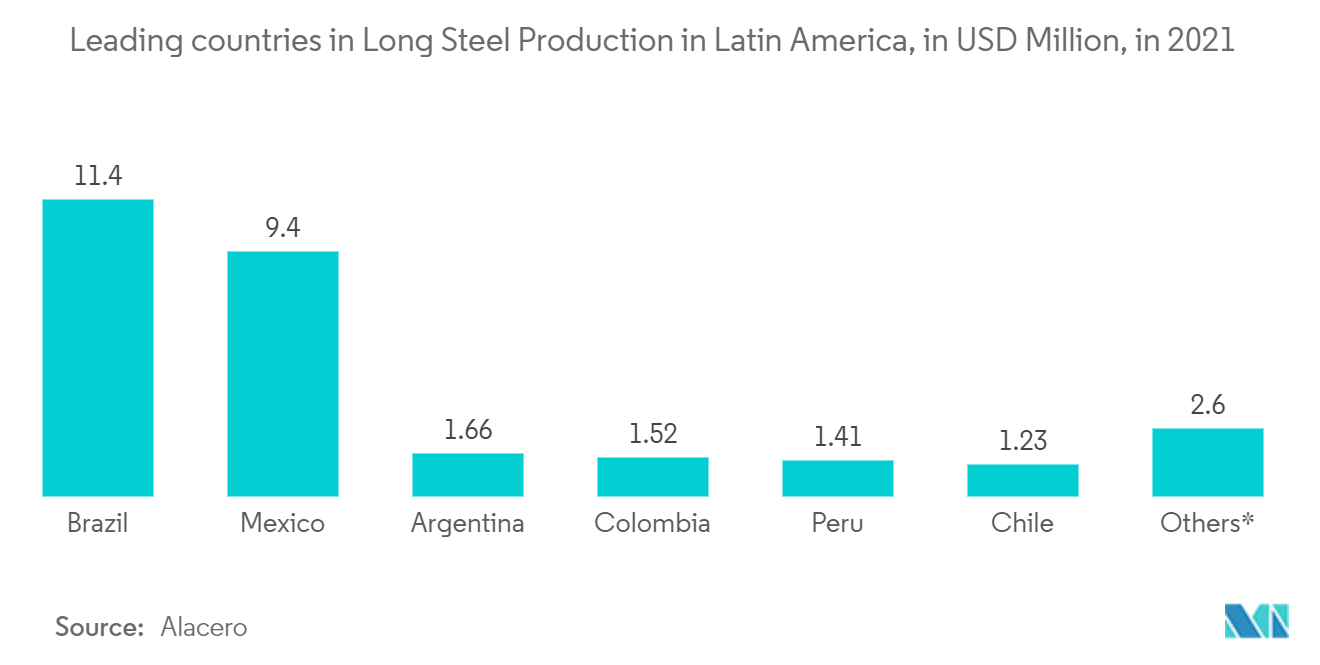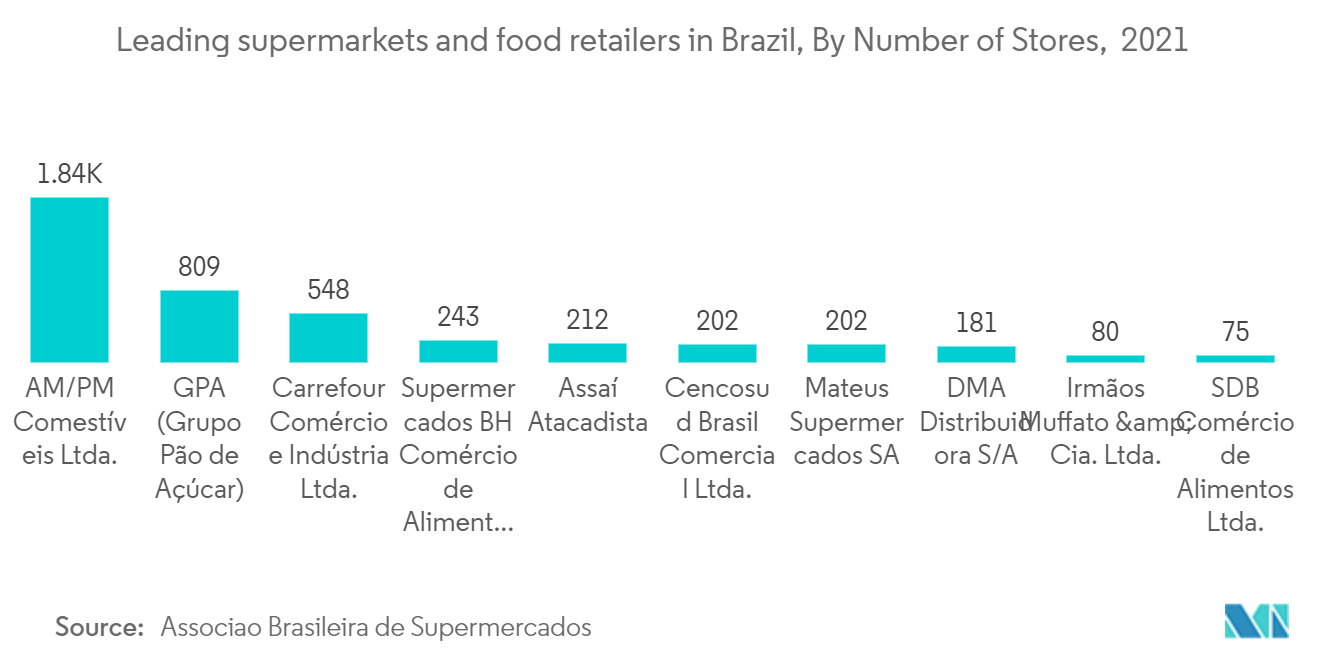Market Trends of Latin America Canned Food Packaging Industry
This section covers the major market trends shaping the Latin America Canned Food Packaging Market according to our research experts:
Use of Steel Cans is Expected to Grow Significantly
- The steel can perform well in situations where value is crucial because it is still a low-cost pack type with reliable basic functioning. The finished product is kept affordable by canned food businesses using three-piece welded cans, making it available to a broad consumer base.
- Steel cans are a type of metal used to package food. Fruits and vegetables are packed to keep their freshness for a very long time. The primary purpose of the container or can is to keep out external elements like air or moisture that could impair taste and flavor or even cause rotting. Steel cans are created from sheets of carbon steel that have undergone two stamping operations on each side in a hydraulic press machine before being rolled into cylindrical shapes.
- Steel food cans continue to perform well in the fish/seafood category; they remain the preferred pack type in preservation, presentation, and value. Healthy eating trends in Latin America drive the demand for fish/seafood.
- Canned food has always remained an accessible and affordable solution to people's need for safe, nutritious, quality produce and protein. Steel food is environmentally friendly, curbs food waste, and fuels the economy. These are 100% recyclable and made from a minimum of 25% recycled content.
- The Can Manufacturers Institute reports that more than 1,500 food items are packed into various shapes and sizes of steel cans. Some newer innovations include cans with twist-top, resealable lids, and the easy-open type with pull-tabs on the lids.

Brazil is Expected to Hold Significant Market Share
- The COVID-19 pandemic boosted canned food retail sales in Brazil, as consumers prioritized essential food items such as canned tomatoes, vegetables, meat, etc., for the initial purchase. Later on, people even stockpiled many food items, during the quarantine periods, due to fear of missing out.
- E-commerce became the most desired sales channel for canned food companies since the outbreak of COVID-19. For instance, Nestlé started selling its products directly through its website and created a marketplace so that small retailers could also sell their products through this platform, thus guaranteeing them a sales commission.
- One of the primary reasons for driving the growth in the market is the surging working population and fast pacing life. The employment rate reached an all-time high of 48.90% in December 2021. Expanding the market is greatly aided by the rising demand for prepared foods and rising disposable income. The cans now contain food that is nutrient-rich and safe to consume, thanks to technological advances.
- Moreover, surging fitness awareness and gym culture have resulted in consumption and attention to body protein requirements. Brazil has more than 34,000 gyms, and approximately 10 million people aged between 20 to 40 years go into these gyms. For the growth and strength of muscles, protein is essential. As a result, consumers, especially young people, gravitate toward eating meat and related items. Meat and fish can retain their nutritional value while saving time on preparation tasks like cutting and cleaning. Thus, it is anticipated that the canned food market will outperform canned meat and fish.


